Medicinal herbs – Lovage
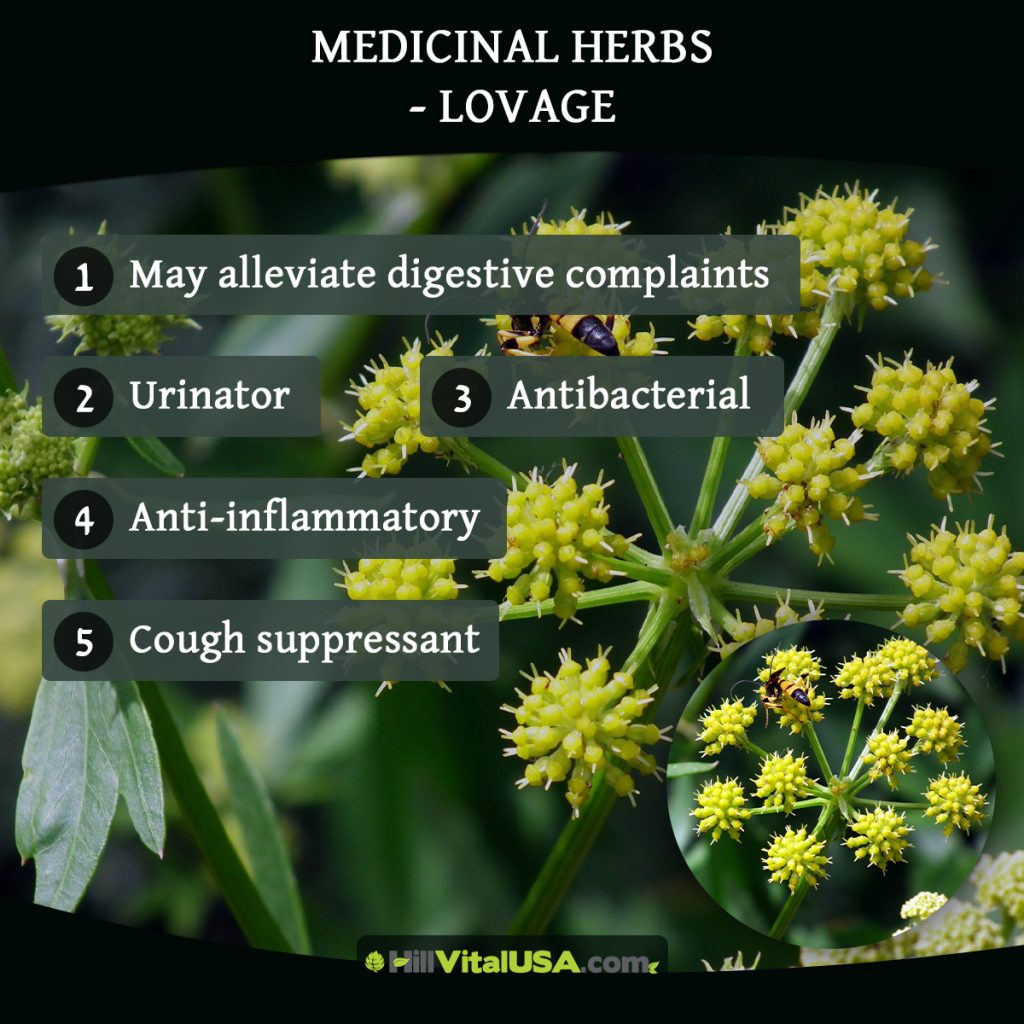
Lovage is a medicinal herb known for its digestive, anti-inflammatory, and antibacterial properties, often used to support overall health and treat ailments.

Lovage is a medicinal herb known for its digestive, anti-inflammatory, and antibacterial properties, often used to support overall health and treat ailments.

Japanese honeysuckle is a medicinal herb with anti-inflammatory, antioxidant, and antimicrobial properties, commonly used to treat colds, infections, and inflammation.

Majorana, also known as marjoram, is a medicinal herb with soothing properties, used to relieve stress, aid digestion, and treat respiratory issues.
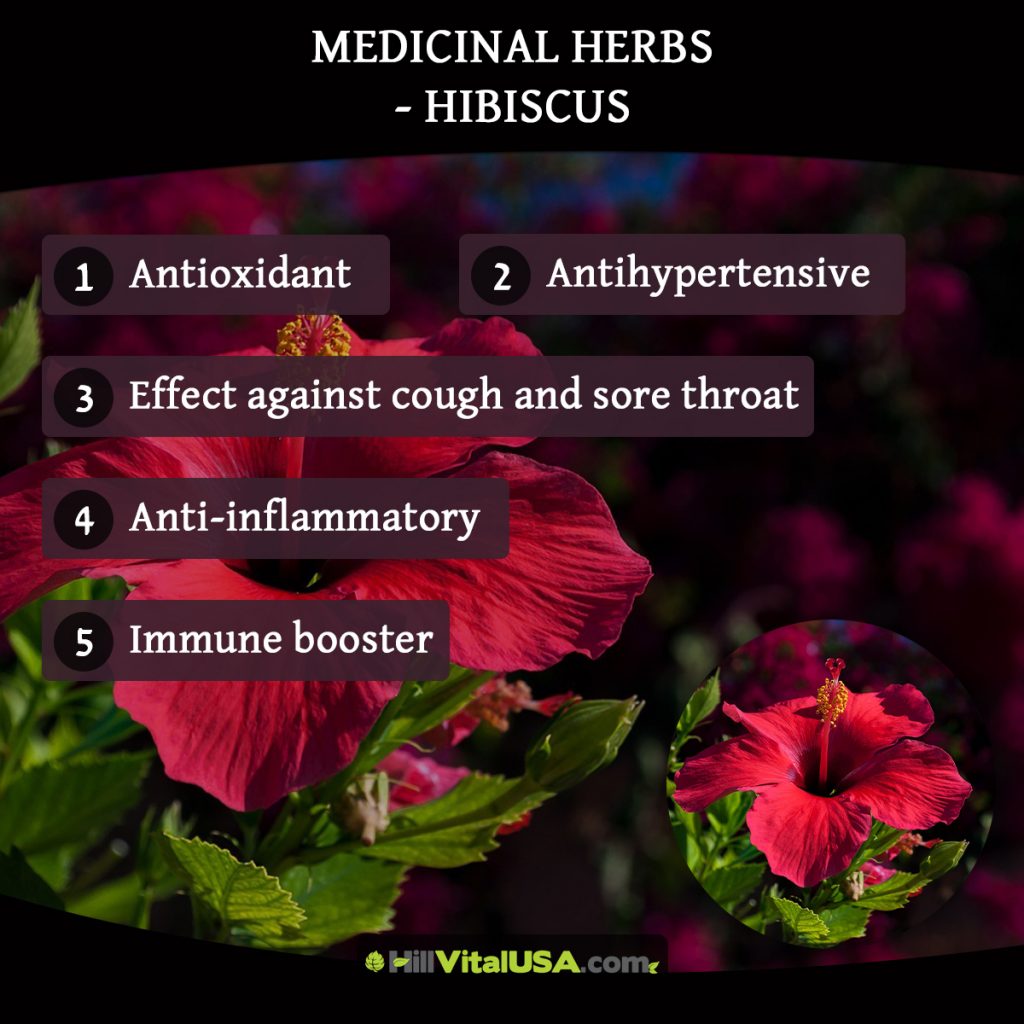
Hibiscus is a medicinal herb known for its antioxidant and anti-inflammatory properties, often used to support heart health, reduce blood pressure, and boost immunity.
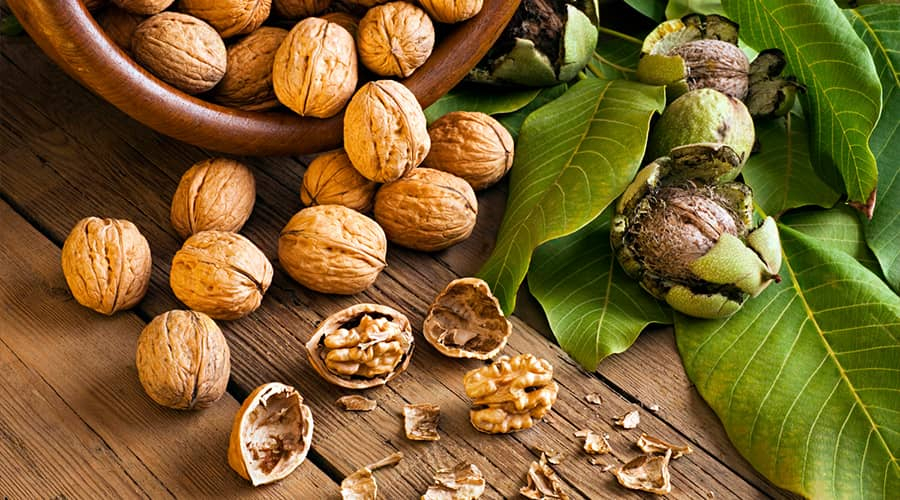
Walnuts are rich in healthy fats, antioxidants, and essential nutrients, offering benefits for heart health, brain function, and reducing inflammation.
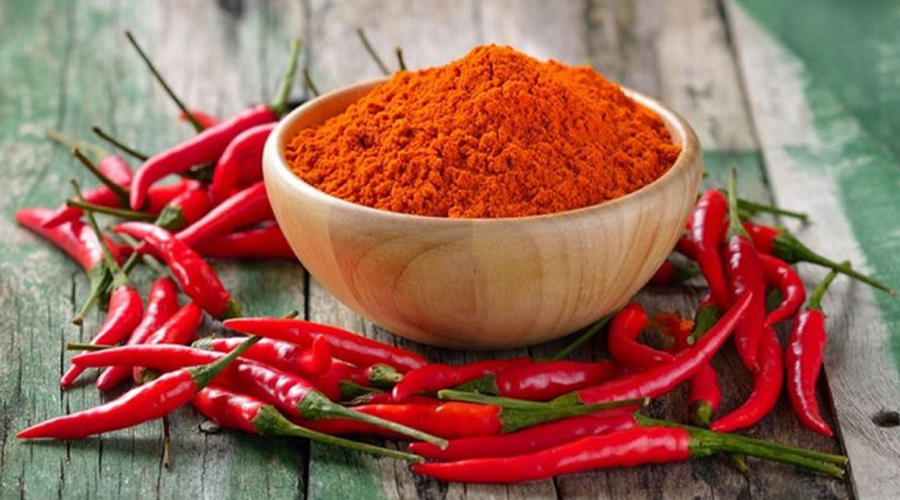
Capsaicin, found in hot peppers, has pain-relieving, anti-inflammatory, and metabolism-boosting properties, making it beneficial for various health conditions.
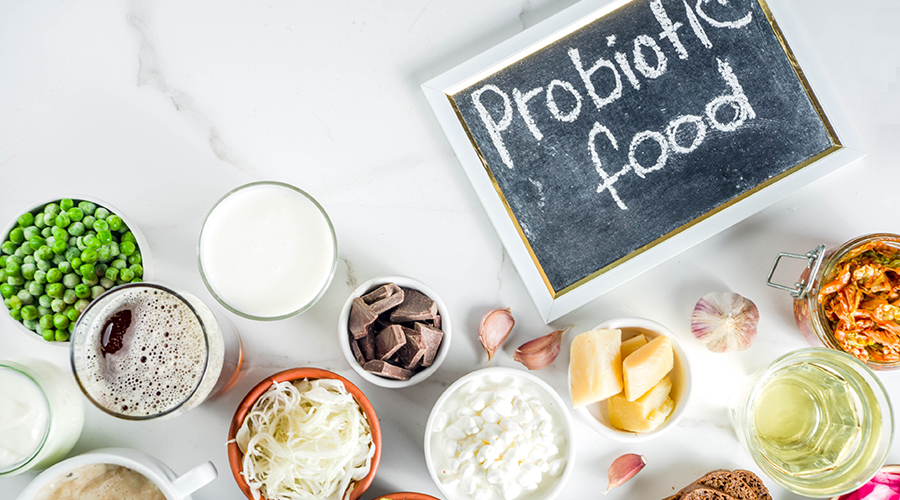
The top 5 probiotic foods—yogurt, kefir, sauerkraut, kimchi, and miso—support gut health by introducing beneficial bacteria to improve digestion and immunity.

Poultices made from herbs like witch hazel or ginger can help reduce swelling, improve circulation, and relieve discomfort associated with varicose veins.

Home remedies for diarrhea include staying hydrated, consuming foods like bananas and rice, using herbal teas, and avoiding spicy or greasy foods for relief.

Common symptoms of hemorrhoids include itching, swelling, pain during bowel movements, bleeding, and a feeling of fullness in the rectal area.